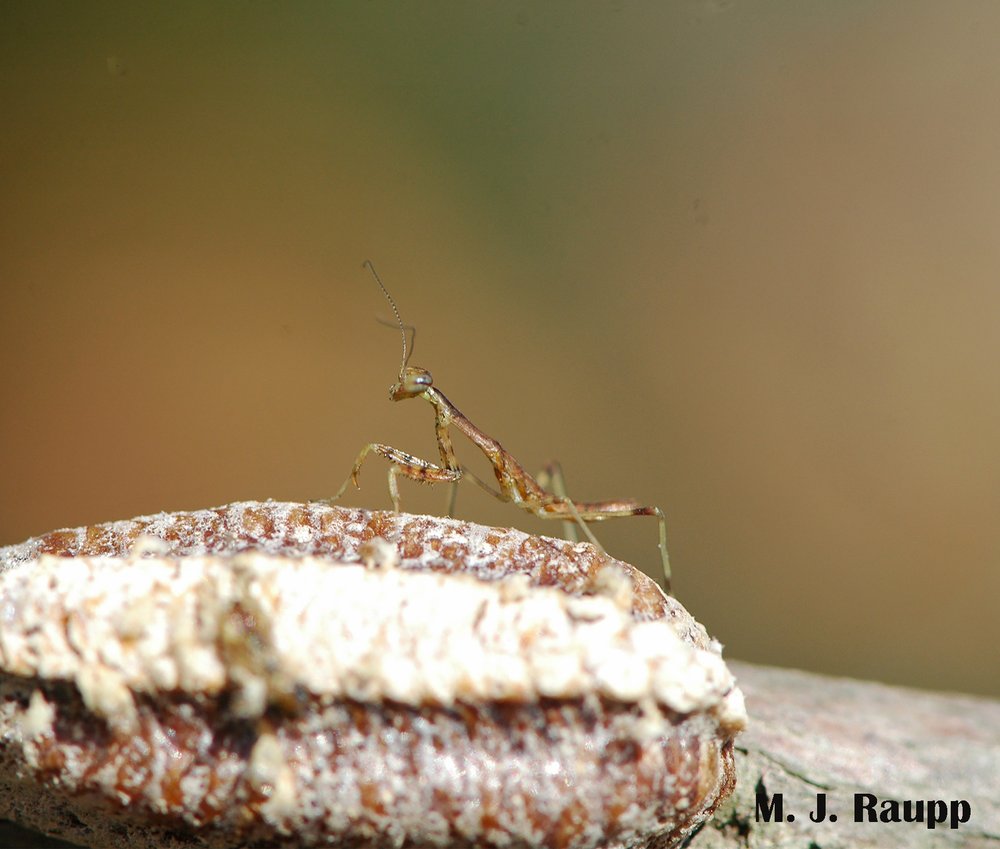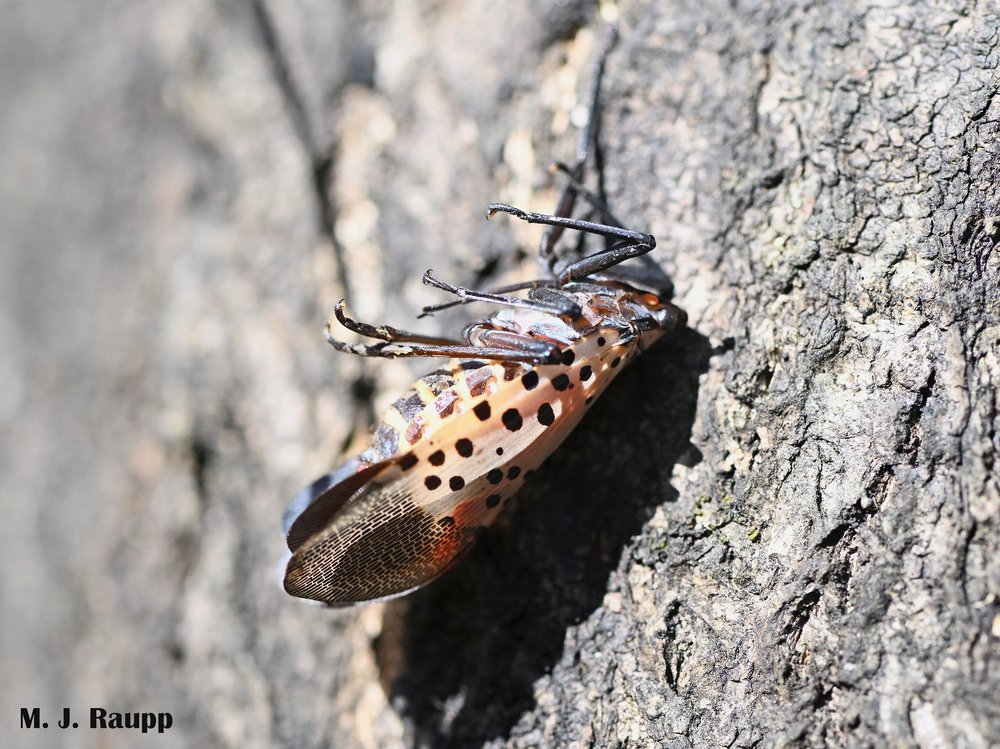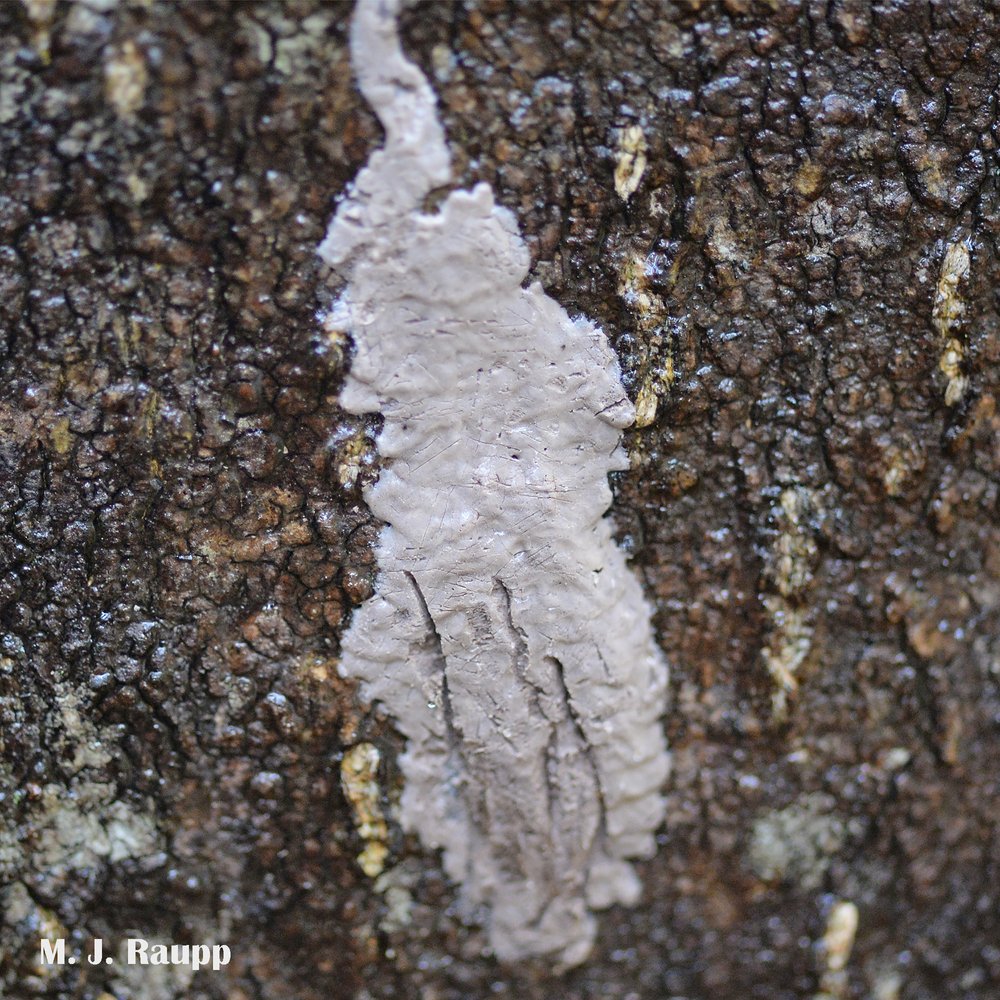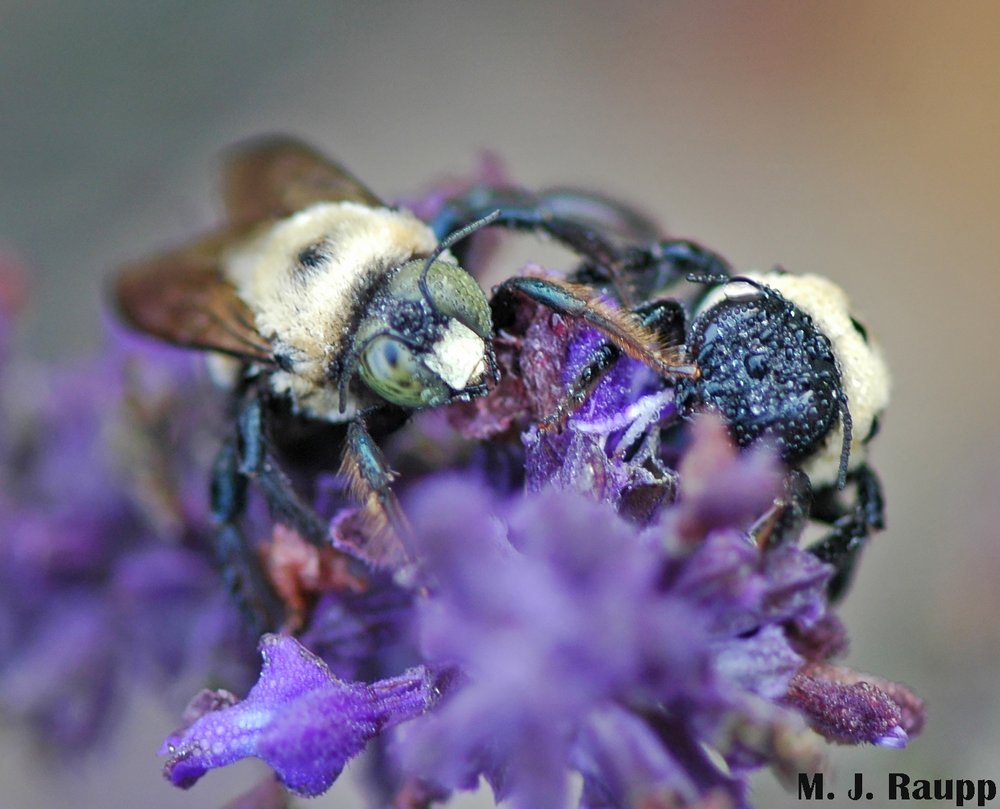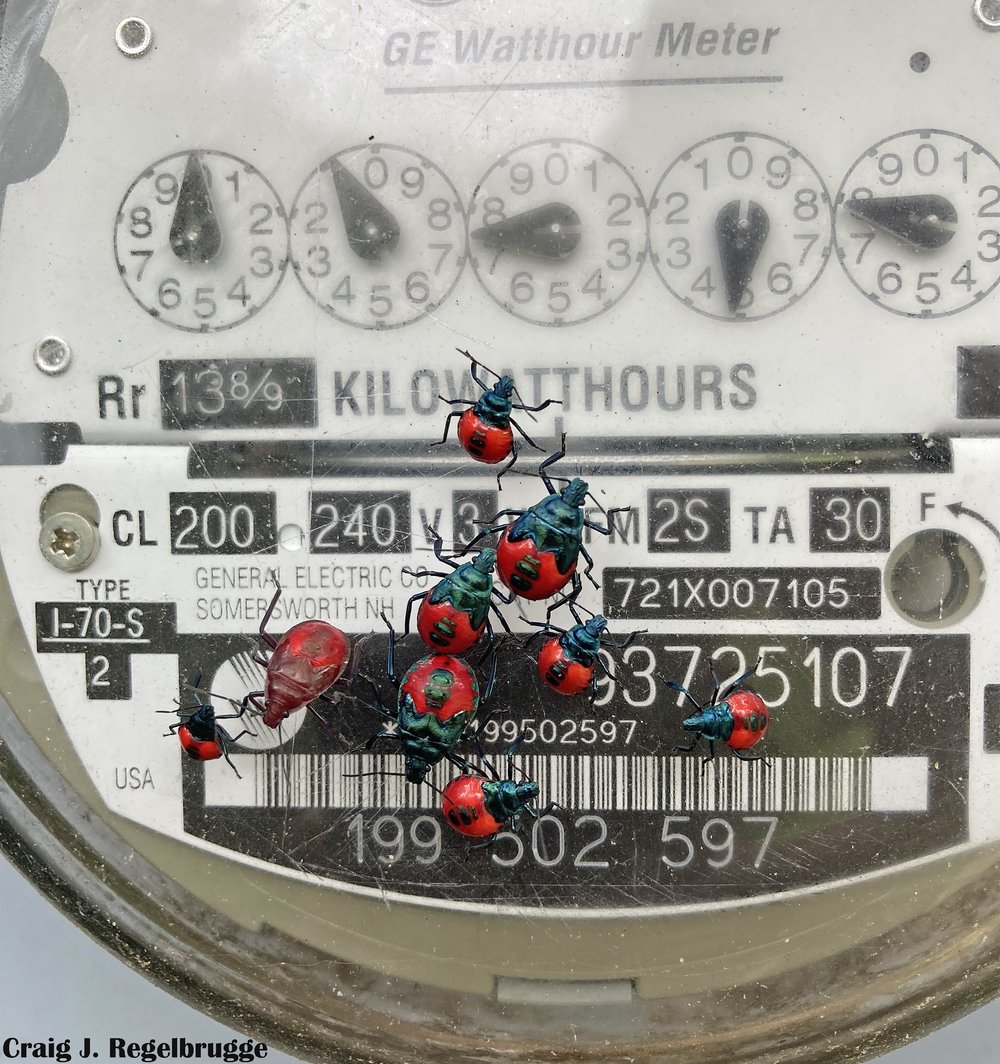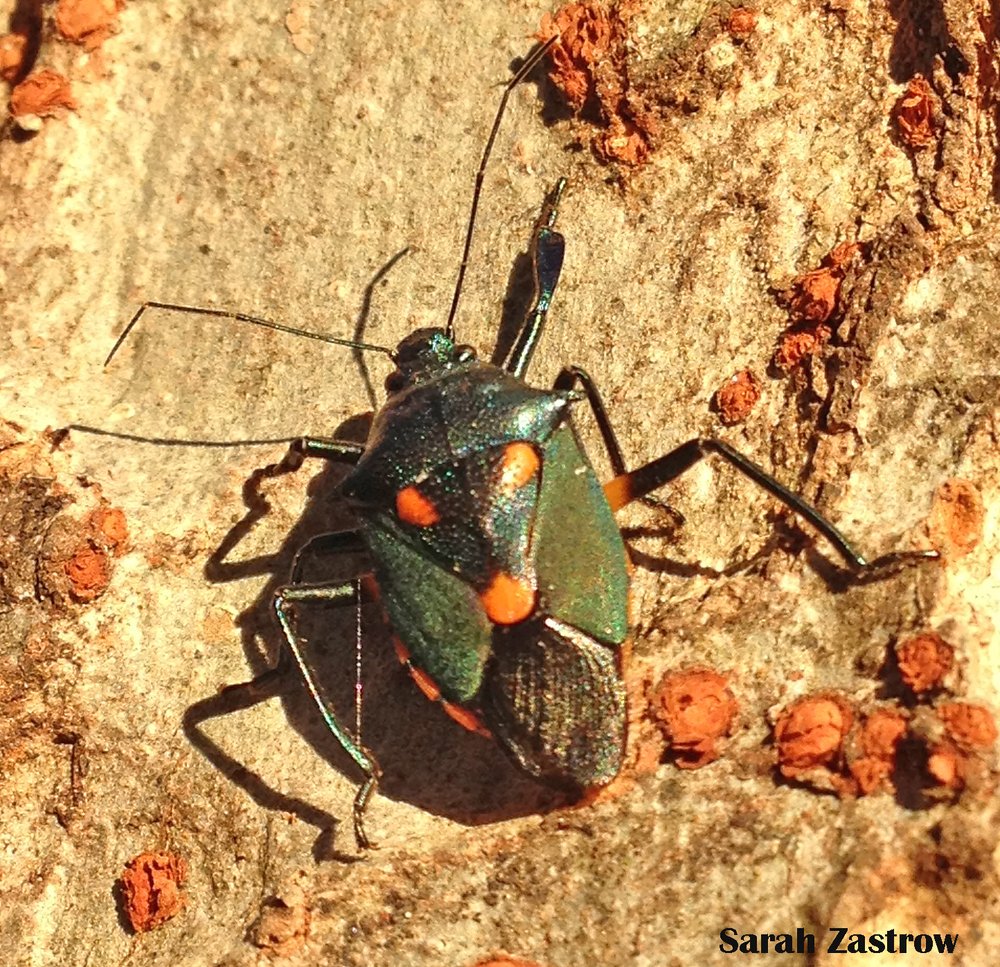Death of a Lanternfly, Part 3: When a Chinese mantis has an old friend for dinner – Chinese praying mantis, Tenodera sinensis
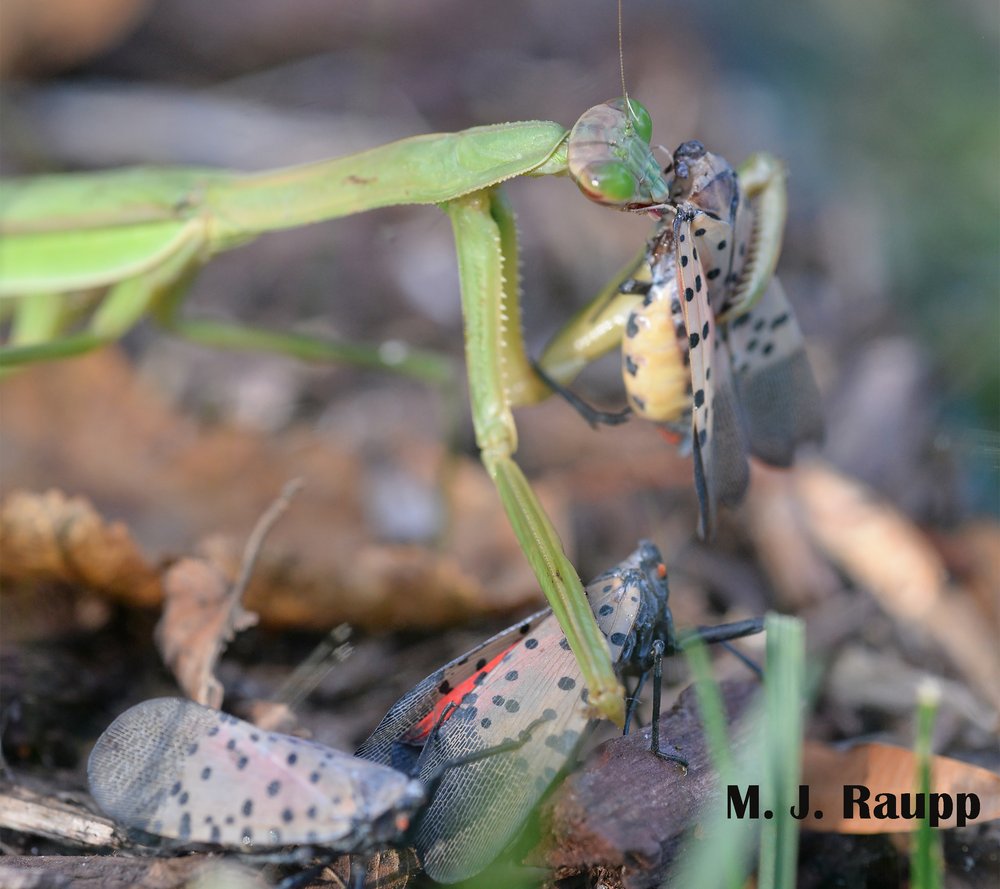
Mantie, Slayer of Lanternflies, says “make mine a double” when it comes to eating spotted lanternflies.
Last week we met Dot, the pretty Carolina mantis who celebrated Thanksgiving week in our home by dining on spotted lanternflies. Shortly after Dot’s arrival we discovered a beautiful Chinese mantis in the front flowerbed. Her name and title are Mantie, Slayer of Lanternflies. The Chinese mantis has a fascinating history in our country. Let’s travel back in time more than a century to October 16, 1897 when a Mr. Joseph Hindermyer discovered a large insect “resting on the upper part of his tomato vines” in Mt. Airy PA, a suburb of Philadelphia. Fortunately, Philip Laurent, Hindermyer’s neighbor and a member of The Academy of Natural Sciences in Philadelphia recognized this large insect to be a rather extraordinary mantis and later discovered that it was an exotic species known from China and Japan. How it arrived in Mt. Airy remains forever shrouded in mystery, but Laurent noted that a large nursery, Meehan and Sons, in nearby Germantown had procured many plants from China and Japan. Could it be that this marvelous predator arrived as a stowaway, perhaps as an embryo in an egg case on a Japanese maple? Maybe so.
One of my favorite reunion stories involves the Chinese mantis and another invasive pest, the nefarious brown marmorated stink bug. Fast forward a century to the mid-1990’s, when the brown marmorated stink bug arrives in the US less than 60 miles from Mt. Airy in Allentown, PA. The dramatic decline of stink bugs in Maryland and several other eastern states over the last decade is in part related to the fact that several of our indigenous predators, parasites, and pathogens are now using brown marmorated stink bugs as a source of food. Prompted by this discovery, I decided that it was time to have a reunion between these two historical acquaintances from the East – the Chinese praying mantis and the Asian brown marmorated stink bug. Like many reunions I have attended, meeting old acquaintances can be fraught with joy and despair. In the case of the Chinese mantis, the reunion with the brown marmorated stink bug was gastronomic joy. She consumed a dozen stink bugs in quick succession before nibbling only half of unlucky stink bug number thirteen. As for the stink bugs, well, let’s just say their reunion was filled with short-lived despair. You see, the hungry Chinese mantis mercifully devoured the stink bugs head first.
The reunion between two old acquaintances from Asia, the Chinese mantis and the brown marmorated stink bug, was a happy one for the mantis but not so much for the stink bug. My favorite part of this video appears at the end as the fastidious mantis tidies up after her meal. And yes, this is several times life speed.

Stout spines on the forelegs enable the mantis to snare and hold its prey.
We fast forward again to 2023 when we learned in last week’s episode that mantises accounted for almost 200 acts of predation on the dreaded spotted lanternfly over the past couple years. For the arthropod clan this remarkable total was second only to observations of spiders attacking lanternflies. As we saw in a previous episode, large orb weavers, including the black and yellow garden spider, find spotted lanternflies quite delectable. With the Chinese mantis in the garden and lots of lanternflies in the research plot, who could resist the opportunity to see if lanternflies were on the menu for the Chinese mantis? Within moments of placing Mantie in a lanternfly arena, she snatched up one lanternfly with one foreleg and moments later snagged a second one in the other foreleg. In a short suspense, she devoured them both and ate two more before the day was through. No doubt her much larger size, giant toothed forelegs, and ravenous appetite allowed her to surpass her cousin the Carolina mantis in a head-to-head lanternfly-eating contest. There is a curious and inexplicable symmetry that a potent biological control agent, the Chinese praying mantis and two of its historical, ancient Asian prey, brown marmorated stink bugs and spotted lanternflies, would be reunited after a century or so within miles of each other half way around the world. The reunion between the Chinese mantis, the Asian stink bug and now the spotted lanternfly evoke Hannibal Lecter’s famous quote “I do wish we could chat longer, but I’m having an old friend for dinner.”
A very pregnant Chinese mantis recently visited our fading mums. Inside, after showing some interest in our lanternfly colony, we evaluated her zeal for making lanternflies a meal. In an arena filled with a half dozen lanternflies, she snagged not one, but two lanternflies in a flash and proceeded to eat them with gusto. Why settle for one when you can have two, right? After devouring one, she turned her attention to another and dined on leg of lanternfly for a while. Later she took a deeper dive and enjoyed some tender lanternfly entrails. At the end of the feast all that was left of the lanternfly were wings. The fortuitous reunion of an Asian predator and its historical prey helps to squelch crop loss and concerns wrought by invasive insect pests like stink bugs and spotted lanternflies.
Some have voiced concern that these large generalist predators might eat each other and sometimes even eat small vertebrates like hummingbirds. As I watched Mantie eating spotted lantern flies, I munched a sandwich made from leftover Thanksgiving turkey. I mused that, perhaps, me and lots of other fowl-eating humans share tastes in common with the mantis. When all is said and done, it seems like the Chinese mantis is part of the solution to hordes of lanternflies expanding their range, depredation, and nuisance across our land.
Acknowledgements
Several articles including “Buzzwords, A Prayer Before Dining” by May Berenbaum, “Sexual cannibalism increases male material investment in offspring: quantifying terminal reproductive effort in a praying mantis” by William D. Brown and Katherine L. Barry, “Sexual cannibalism in the praying mantid, Mantis religiosa: a field study” by S.E.Lawrence, and “A species of Orthoptera” by P. Laurent were consulted for this episode. The wonderful article “Using community science to identify predators of spotted lanternfly, Lycorma delicatula (Hemiptera: Fulgoridae), in North America” by Anne E. Johnson, Alison Cornell, Sara Hermann, Fang Zhu, and Kelli Hoover was used to prepare this story.
This post appeared first on Bug of the Week

